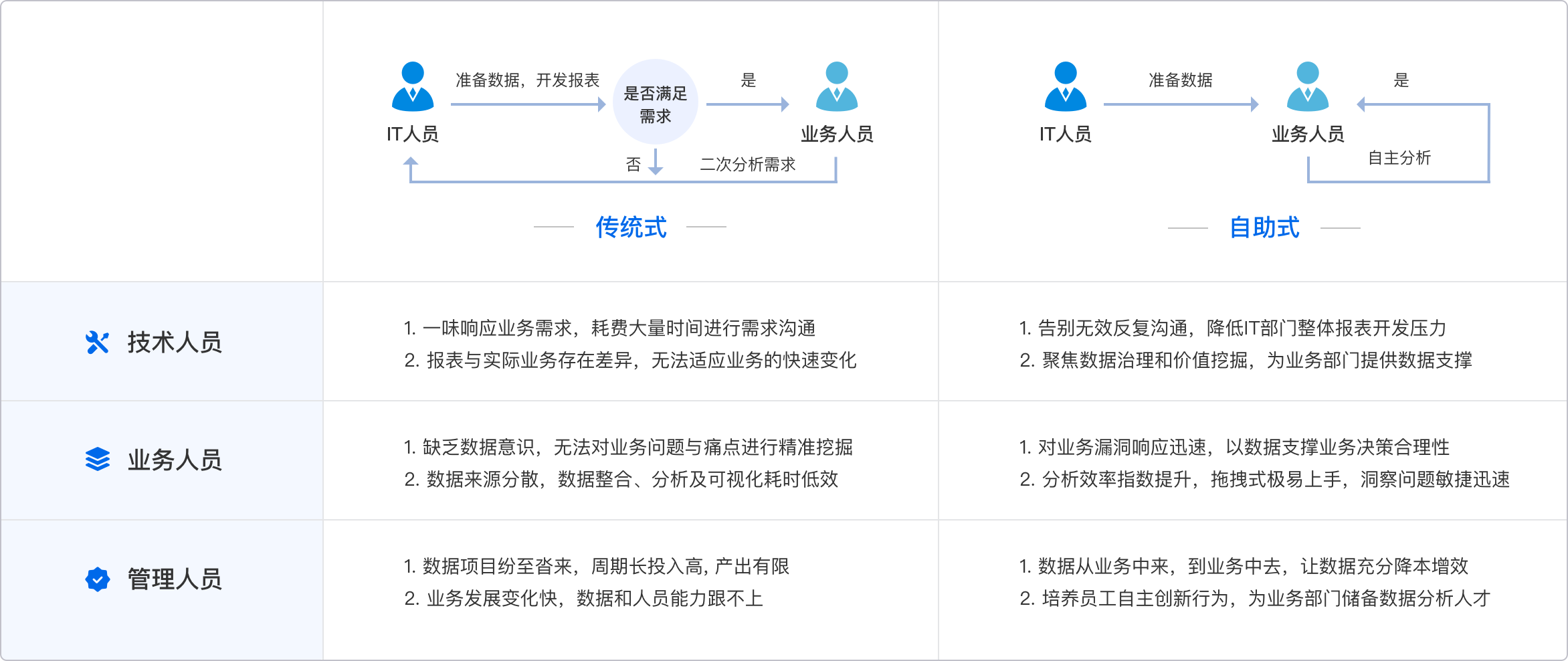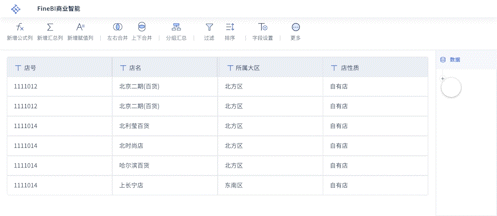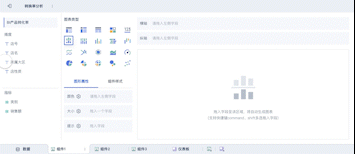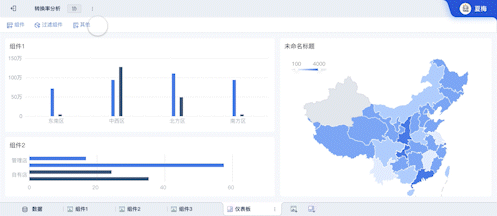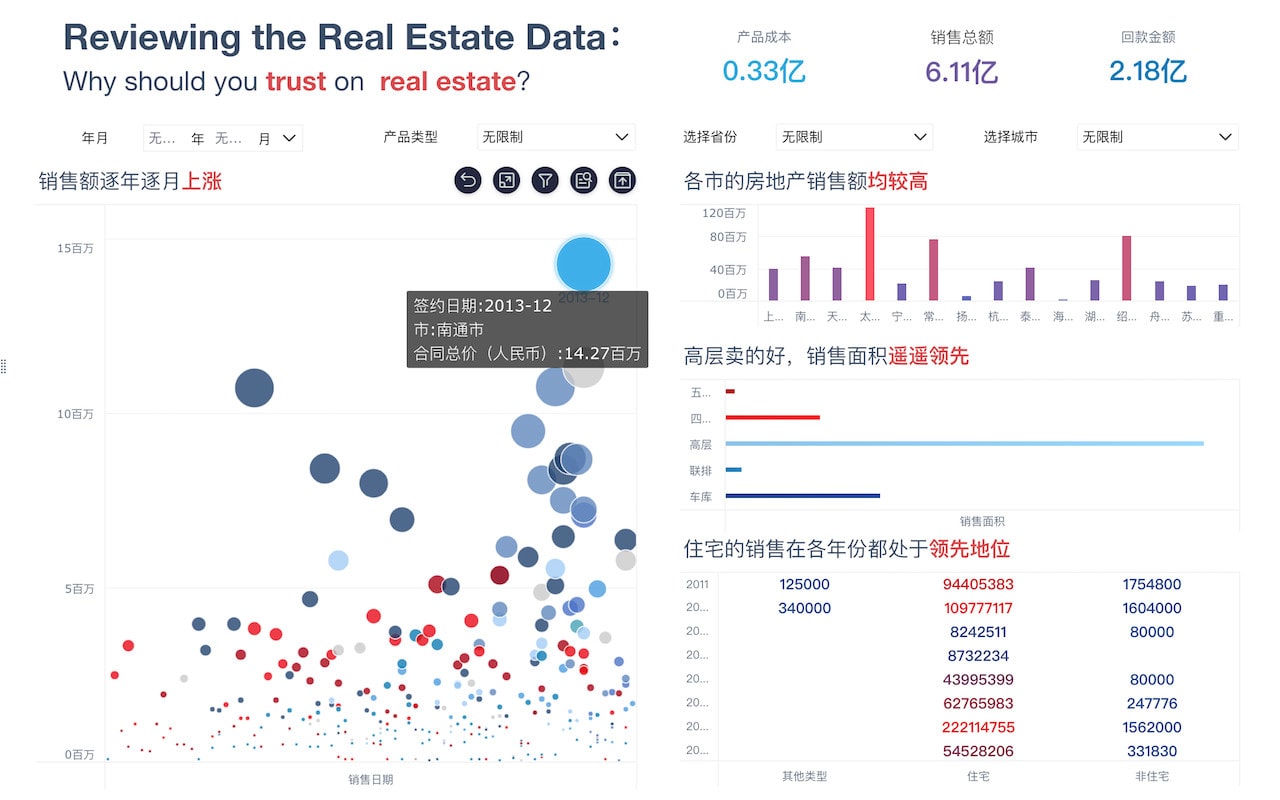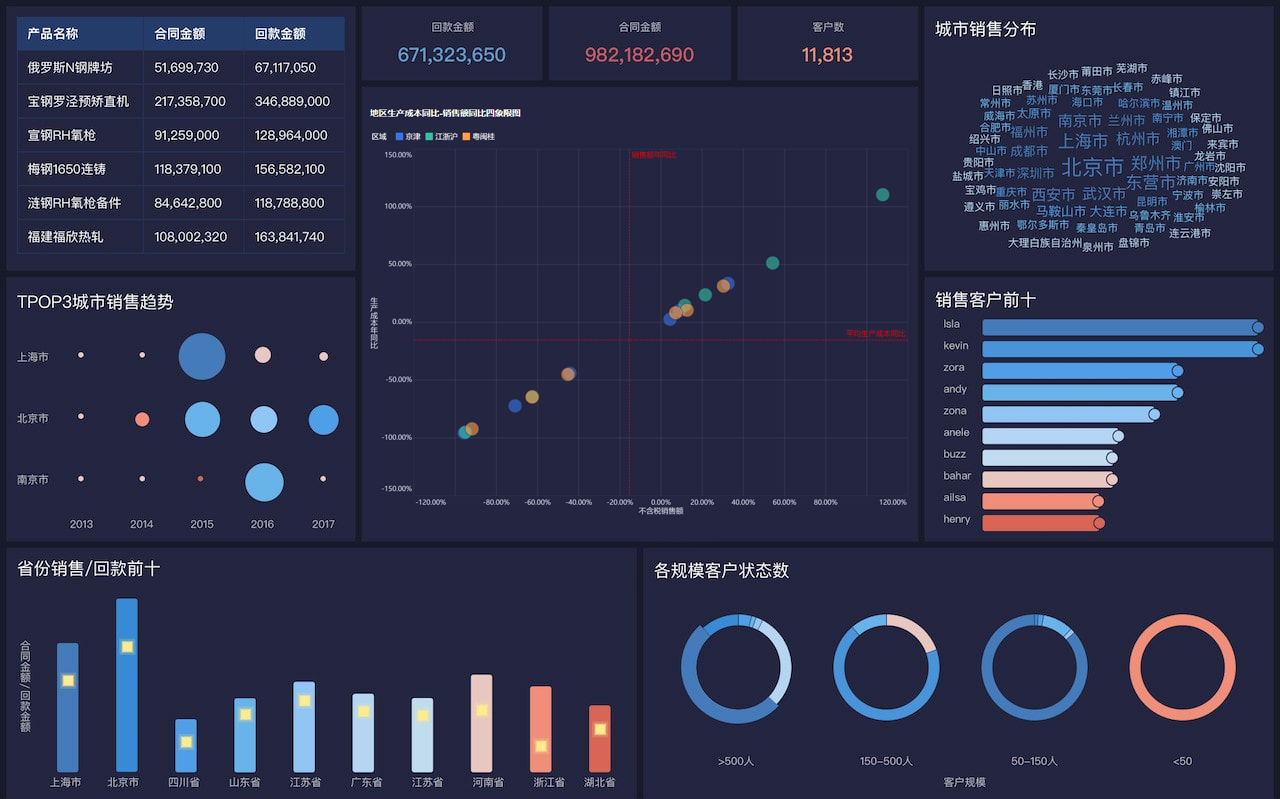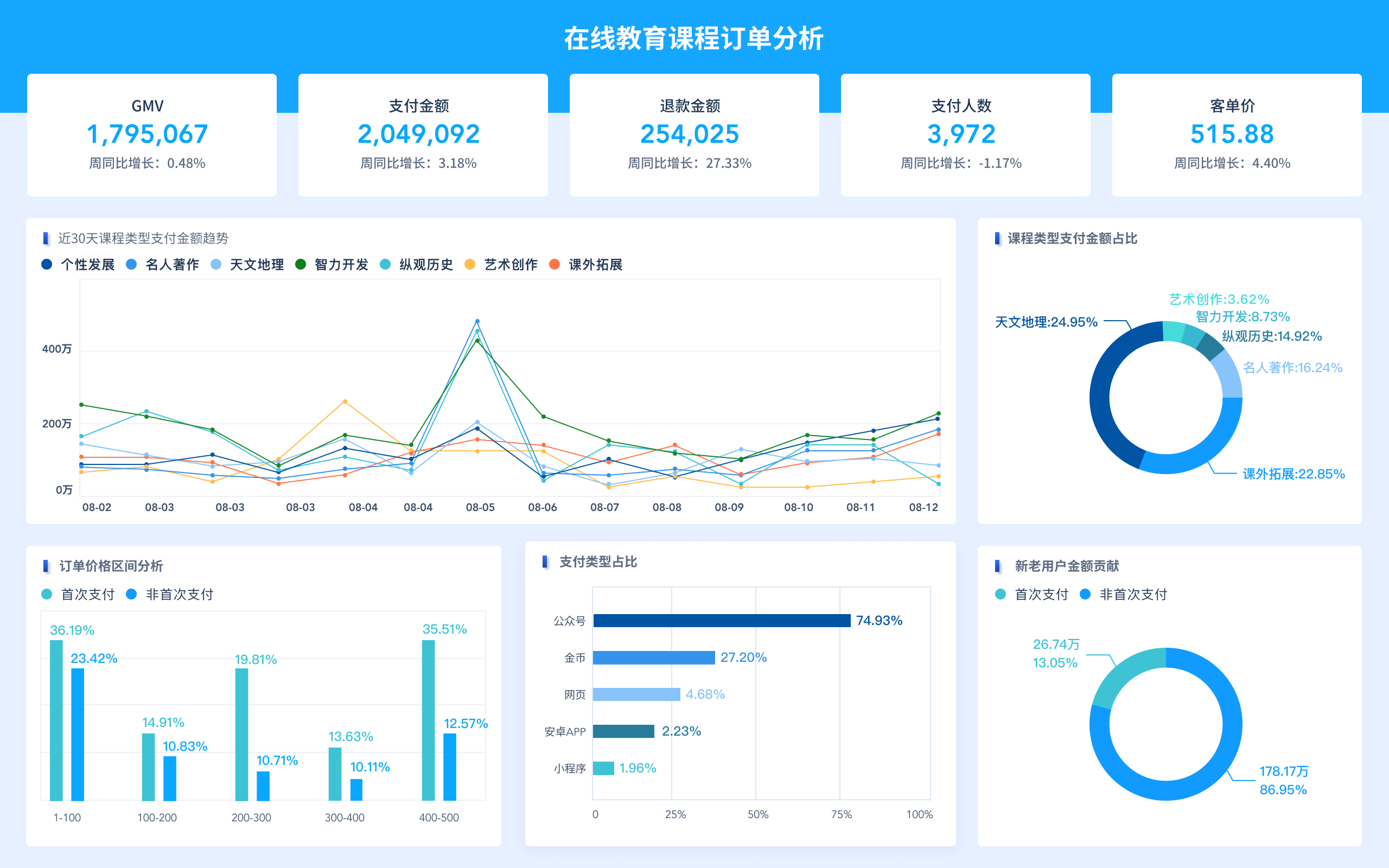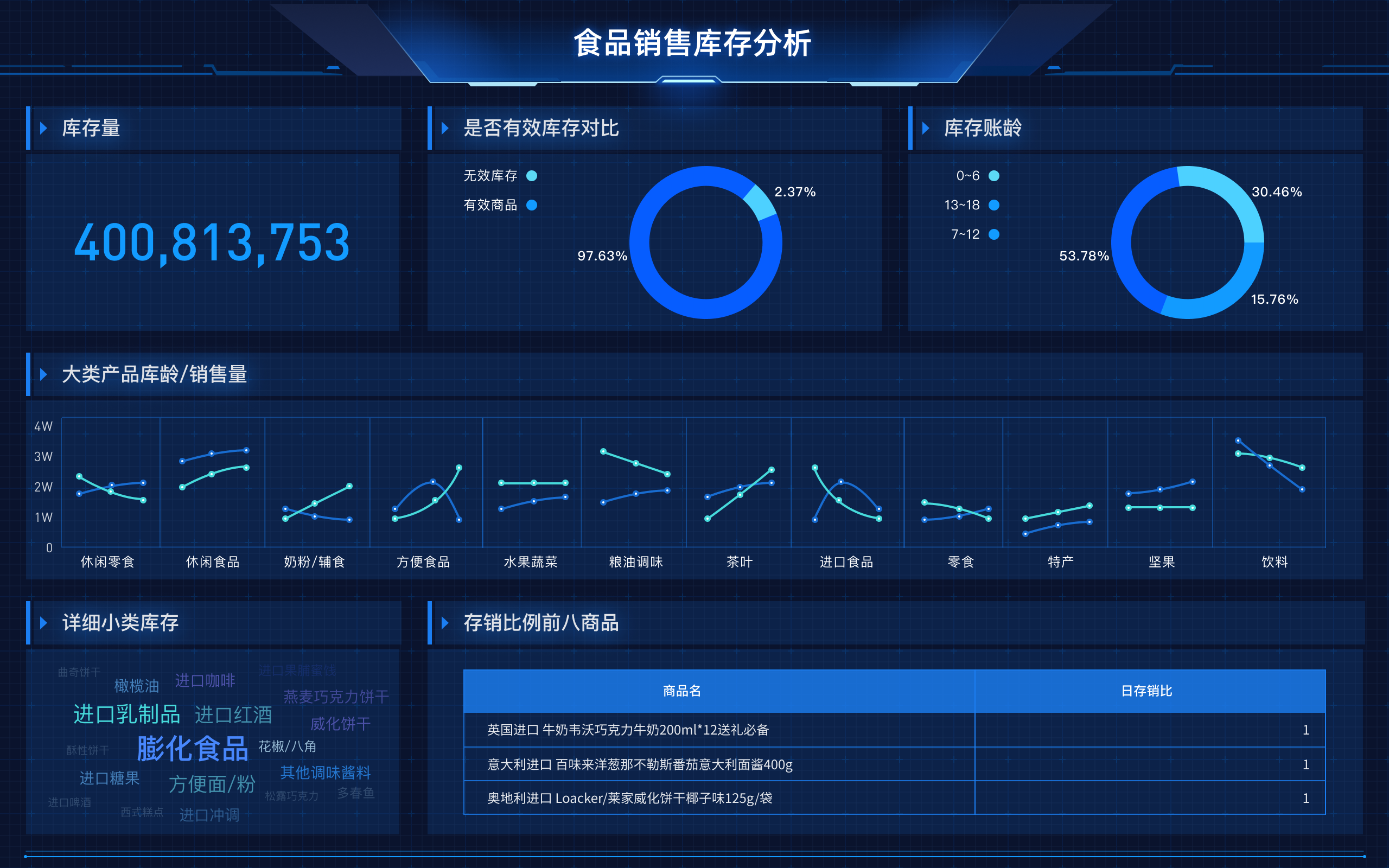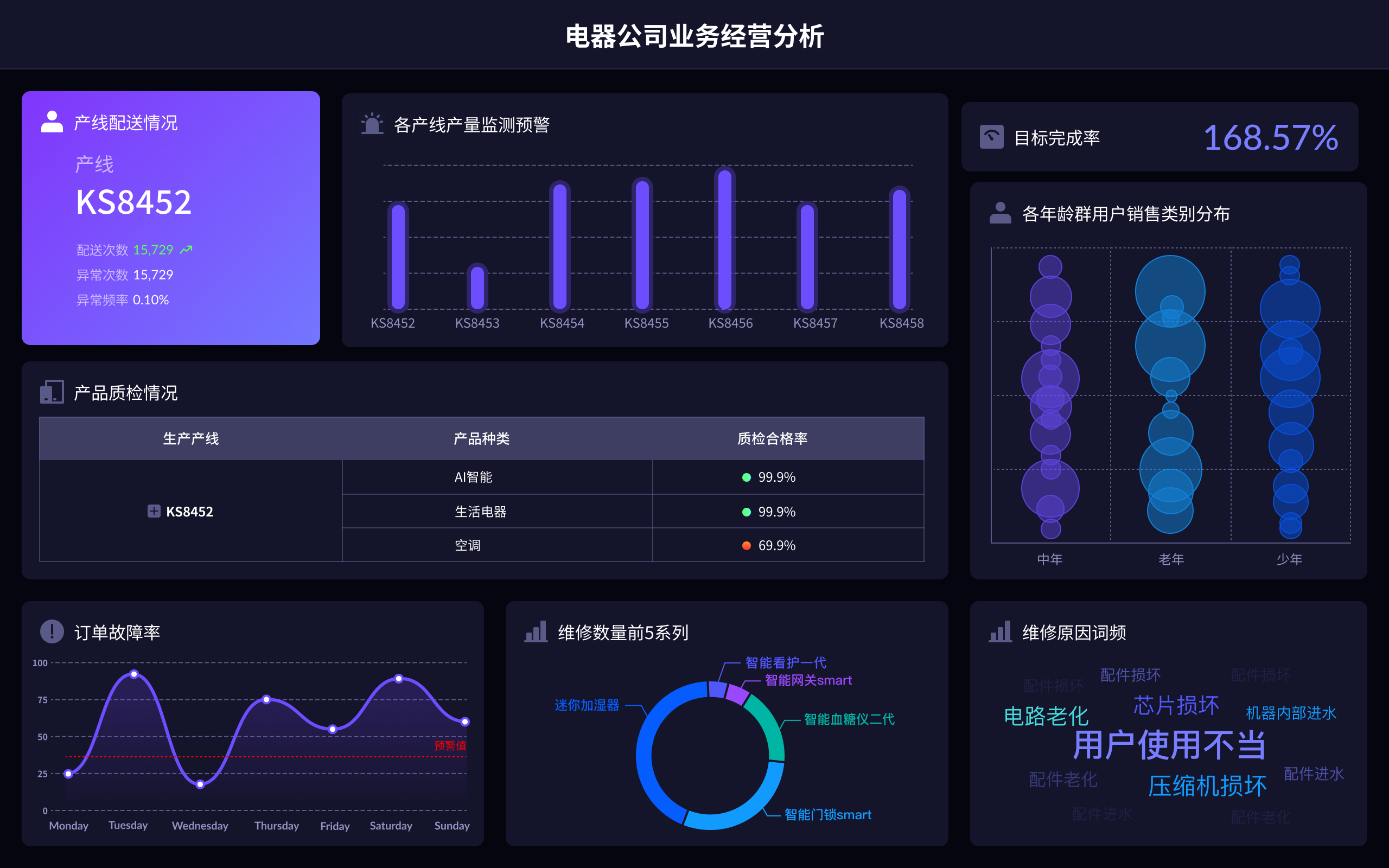
Market data mining is the term used to describe the process of extracting useful information from large sets of data related to market trends, consumer behavior, and business intelligence. Identifying patterns, making predictions, optimizing strategies are some of the core objectives of market data mining. Identifying patterns can be elaborated as follows: Through the analysis of historical data, companies can identify recurring trends and patterns that might indicate future market behavior. For example, a retailer might notice that sales of certain products spike during specific seasons or in response to specific marketing campaigns. By recognizing these patterns, companies can better plan their inventory, staffing, and marketing efforts to maximize their efficiency and profitability.
一、IDENTIFYING PATTERNS
Identifying patterns in market data is crucial for businesses looking to understand consumer behavior and market trends. This can be achieved through various methods such as statistical analysis, machine learning algorithms, and data visualization techniques. By recognizing patterns, businesses can predict future trends and make informed decisions. For instance, a company might use time series analysis to identify seasonal patterns in sales data, allowing them to stock up on inventory ahead of peak seasons. Additionally, clustering algorithms can group similar customers based on their purchasing behavior, helping businesses tailor their marketing strategies to different segments.
二、MAKING PREDICTIONS
Making predictions based on market data is another key aspect of data mining. Predictive analytics involves using historical data to forecast future events. This can be done using various techniques such as regression analysis, decision trees, and neural networks. For example, a business might use regression analysis to predict future sales based on past sales data and external factors such as economic indicators. Decision trees can help identify the most important factors influencing customer churn, allowing businesses to take proactive measures to retain their customers. Neural networks, on the other hand, can model complex relationships in data to make highly accurate predictions.
三、OPTIMIZING STRATEGIES
Optimizing strategies involves using insights gained from data mining to improve business processes and decision-making. This can include optimizing marketing campaigns, pricing strategies, supply chain management, and more. For instance, a company might use A/B testing to compare the effectiveness of different marketing messages and identify the one that generates the highest conversion rate. Pricing optimization algorithms can help determine the optimal price point for a product to maximize revenue. Supply chain optimization can be achieved through predictive analytics, helping businesses forecast demand and manage inventory more efficiently. By continuously analyzing and optimizing their strategies, businesses can stay competitive and achieve better results.
四、DATA COLLECTION AND CLEANING
Data collection and cleaning are foundational steps in the data mining process. Collecting accurate and relevant data is crucial for obtaining meaningful insights. This can involve gathering data from various sources such as sales records, customer feedback, social media, and more. Once collected, the data needs to be cleaned to remove any inconsistencies, errors, or missing values. Data cleaning techniques can include removing duplicate records, filling in missing values, and correcting data entry errors. Clean data ensures that the subsequent analysis is accurate and reliable, leading to better decision-making.
五、DATA INTEGRATION AND STORAGE
Data integration and storage are important considerations for managing large volumes of data. Data integration involves combining data from different sources into a unified view. This can be achieved through techniques such as ETL (extract, transform, load) processes, data warehousing, and data lakes. Data storage solutions need to be scalable and efficient to handle the growing volume of data. Cloud-based storage solutions offer flexibility and scalability, allowing businesses to store and access their data from anywhere. Proper data integration and storage ensure that businesses have a comprehensive and accessible dataset for analysis.
六、DATA ANALYSIS TECHNIQUES
Data analysis techniques play a critical role in extracting meaningful insights from market data. These techniques can include descriptive analytics, diagnostic analytics, predictive analytics, and prescriptive analytics. Descriptive analytics focuses on summarizing historical data to understand what has happened in the past. Diagnostic analytics aims to identify the causes of past events. Predictive analytics uses historical data to forecast future events, while prescriptive analytics provides recommendations for future actions. By applying these techniques, businesses can gain a deeper understanding of their market and make data-driven decisions.
七、MACHINE LEARNING AND AI
Machine learning and artificial intelligence (AI) are transforming the field of market data mining. Machine learning algorithms can automatically learn from data and improve their performance over time. This can include supervised learning techniques such as classification and regression, as well as unsupervised learning techniques such as clustering and dimensionality reduction. AI techniques such as natural language processing (NLP) can analyze text data from social media and customer reviews to gain insights into customer sentiment and preferences. By leveraging machine learning and AI, businesses can uncover hidden patterns in their data and make more accurate predictions.
八、DATA VISUALIZATION
Data visualization is an essential tool for communicating insights from market data. Visualizing data through charts, graphs, and dashboards can help stakeholders understand complex information at a glance. Effective data visualization techniques can highlight key trends, patterns, and outliers in the data. Tools such as Tableau, Power BI, and D3.js offer powerful visualization capabilities, allowing businesses to create interactive and customizable visualizations. By presenting data visually, businesses can facilitate better decision-making and communicate their findings more effectively.
九、ETHICAL CONSIDERATIONS
Ethical considerations are critical in the practice of market data mining. Businesses must ensure that they handle data responsibly and protect the privacy of their customers. This includes complying with data protection regulations such as GDPR and CCPA, as well as implementing robust data security measures. Ethical data mining practices also involve being transparent about data collection methods and obtaining informed consent from customers. By prioritizing ethics and privacy, businesses can build trust with their customers and avoid potential legal and reputational risks.
十、REAL-WORLD APPLICATIONS
Market data mining has numerous real-world applications across various industries. In retail, businesses can use data mining to optimize inventory management, personalize marketing campaigns, and improve customer satisfaction. In finance, data mining can help detect fraudulent transactions, assess credit risk, and predict stock market trends. Healthcare organizations can use data mining to identify patterns in patient data, improve treatment outcomes, and manage resources more efficiently. The applications of market data mining are vast and can provide significant benefits to businesses looking to gain a competitive edge.
十一、FUTURE TRENDS
Future trends in market data mining are likely to be shaped by advancements in technology and the increasing availability of data. Emerging technologies such as blockchain can enhance data security and transparency, while edge computing can enable real-time data analysis at the source. The integration of IoT devices will generate vast amounts of data, providing new opportunities for data mining. Additionally, advancements in AI and machine learning will continue to drive innovation in data analysis techniques. Businesses that stay ahead of these trends will be well-positioned to leverage the full potential of market data mining.
十二、CONCLUSION
Market data mining is a powerful tool that can provide businesses with valuable insights into market trends, consumer behavior, and business performance. By identifying patterns, making predictions, and optimizing strategies, businesses can make data-driven decisions that enhance their competitiveness and drive growth. Effective data collection, cleaning, integration, and storage are essential for obtaining accurate and reliable insights. Leveraging advanced techniques such as machine learning, AI, and data visualization can further enhance the value of market data mining. As technology continues to evolve, businesses must stay informed about emerging trends and ethical considerations to maximize the benefits of market data mining.
相关问答FAQs:
市场数据挖掘在英文中通常被称为“Market Data Mining”。这个术语涉及从大量市场数据中提取有价值的信息和见解,以帮助企业做出更好的决策。下面是关于市场数据挖掘的一些常见问题解答。
1. 什么是市场数据挖掘,它的主要目的是什么?
市场数据挖掘是指通过数据分析技术,从市场相关的数据集中提取有用的信息和模式。其主要目的在于帮助企业了解市场趋势、消费者行为和竞争环境。这一过程通常涉及使用统计学、机器学习和数据可视化等工具,分析包括销售数据、客户反馈、社交媒体互动等多种数据来源。通过深入分析这些数据,企业能够识别潜在的市场机会、优化营销策略,并增强客户体验,从而提高整体业务表现。
2. 市场数据挖掘的常用技术和工具有哪些?
市场数据挖掘采用多种技术和工具,以便更好地分析和解释数据。常用的技术包括聚类分析、分类算法、回归分析和关联规则挖掘等。聚类分析可以将相似的客户或产品分组,便于识别目标市场;分类算法则用于预测客户的购买行为,帮助企业制定个性化的营销策略。回归分析则帮助分析不同变量间的关系,以预测市场趋势。
在工具方面,许多企业选择使用如Python、R、SAS和Apache Hadoop等编程语言和平台。这些工具能够处理大规模数据集,并提供强大的数据分析功能。此外,商业智能工具如Tableau和Power BI也受到广泛使用,因其具有直观的可视化功能,使企业能够更轻松地理解数据背后的意义。
3. 市场数据挖掘如何影响企业的决策过程?
市场数据挖掘对企业决策过程的影响是深远的。通过分析市场数据,企业能够获得更为准确的市场洞察,帮助他们在产品开发、市场定位和客户服务等方面做出更明智的决策。例如,在新产品开发阶段,企业可以通过数据挖掘识别消费者的需求和偏好,从而设计出更符合市场的产品。
同时,市场数据挖掘还能够帮助企业优化营销策略。例如,通过分析客户的购买历史和行为模式,企业可以制定更具针对性的广告活动,从而提高转化率。此外,企业还可以利用数据挖掘来监测市场动态,及时调整策略以应对竞争对手的变化。这种基于数据的决策方式能够显著提高企业的竞争力和市场响应速度。
以上是关于市场数据挖掘的一些基本信息和常见问题解答。通过深入理解市场数据挖掘的过程和应用,企业能够更好地利用数据资源,实现可持续发展和长期成功。
本文内容通过AI工具匹配关键字智能整合而成,仅供参考,帆软不对内容的真实、准确或完整作任何形式的承诺。具体产品功能请以帆软官方帮助文档为准,或联系您的对接销售进行咨询。如有其他问题,您可以通过联系blog@fanruan.com进行反馈,帆软收到您的反馈后将及时答复和处理。


